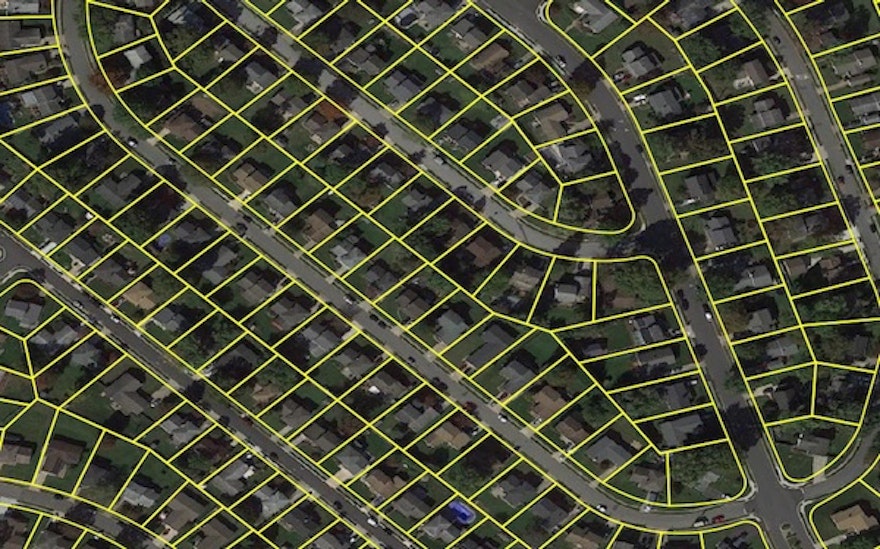Land parcels often present unique opportunities and challenges regarding real estate investments. Understanding how to analyze and evaluate these parcels is crucial for making informed decisions that maximize returns and minimize risks. This guide provides practical tips for real estate investors on assessing land parcels using detailed property data.
Understanding Land Parcels
Before starting the evaluation process, defining a land parcel is essential. A land parcel refers to a specific land with defined boundaries recorded under a unique identifier. These parcels are the fundamental units in real estate planning and transactions.
1. Access Comprehensive Parcel Data
The first step in evaluating a land parcel is to gather as much information as possible. This includes:
Geographical Location: Understanding the exact location and its geographic features can help assess potential development opportunities or constraints.
Size and Shape: The size and shape of the parcel can affect its usability and potential for subdivision.
Zoning Restrictions: Zoning laws dictate how the land can be used, which can significantly impact the parcel's value.
Platforms like Parceled provide easy access to this detailed parcel data, allowing investors to quickly gather the necessary information in one place.
2. Analyze Market Trends
Market trends play a significant role in land parcel valuation. Factors to consider include:
Area Growth: Is the area experiencing growth in population and employment? Growing areas offer better opportunities for land development.
Property Values: Analyze the trends in property values in the surrounding area to gauge potential land appreciation.
Infrastructure Development: Planned or existing infrastructure projects can enhance the value of land parcels by improving accessibility and usability.
3. Evaluate the Topography
The physical characteristics of the land can significantly influence what you can build and how much it will cost. Consider:
Terrain: Flat land is generally more accessible and less expensive to develop than hilly or uneven terrain.
Soil Quality: Soil conditions can affect construction costs and the types of projects feasible on the land.
Natural Features: Features such as water bodies or wooded areas can add to the aesthetic value but might also impose additional regulatory or development challenges.
4. Consider Utility Access
Access to utilities is a critical aspect of land development. Check if the land parcel has access to:
Water and Sewage: These are often the most critical services, especially for residential development.
Electricity and Gas: The availability of these utilities can affect both the development timeline and costs.
Internet and Telecommunications: In today’s digital age, connectivity is critical for most residential and commercial properties.
5. Assess Environmental Restrictions and Risks
Environmental factors are increasingly important in real estate evaluations due to regulatory and sustainability concerns. Make sure to:
Identify Protected Areas: Certain areas may be protected for environmental reasons, which can restrict development.
Consider Natural Risks: Flood plains, earthquake zones, and other natural risk factors should be considered as they can affect insurance costs and development feasibility.
6. Understand Legal Encumbrances
A thorough legal check is essential to identify any encumbrances that might affect the ownership or usability of the land. Look for:
Liens or Outstanding Taxes: These must be cleared before development can proceed.
Easements: Right of way or other easements can limit the potential uses of a parcel.
Covenants: These rules on the land restrict what can be built or how the land can be used.
Conclusion
Evaluating land parcels requires a multifaceted approach that considers geographic, economic, legal, and environmental factors. By leveraging detailed property data from platforms like Parceled, investors can understand the potential risks and rewards associated with land investments. With this information, they can make smarter, more informed investment decisions that align with their real estate investment strategy.
Remember, every parcel of land is unique, and thorough due diligence and expert advice can lead to successful real estate investments.

